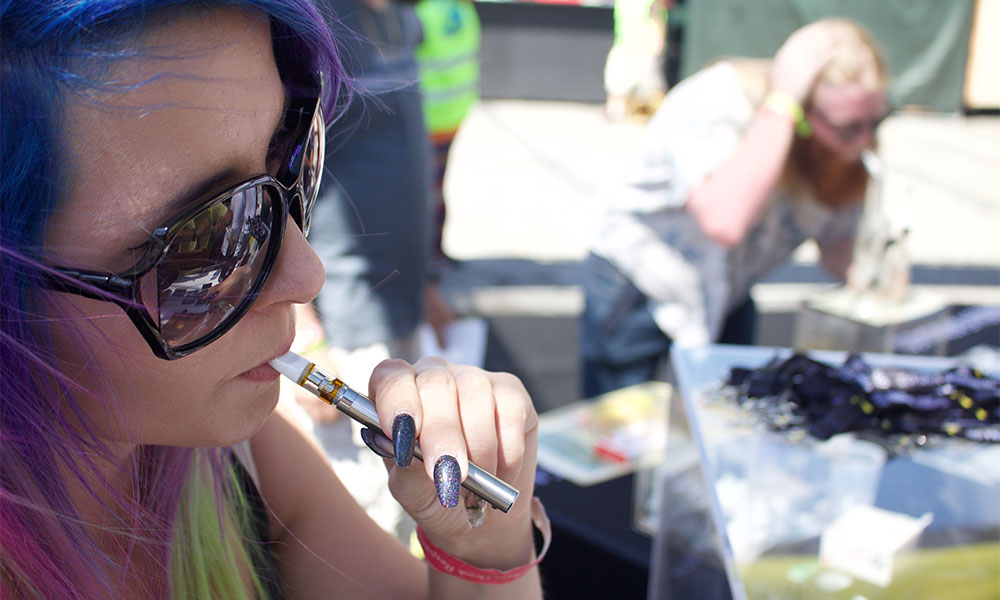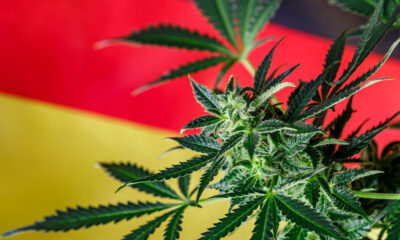
Legal
Report Finds Cannabis Legalization Does Not Increase Youth Marijuana Use
A report from a cannabis policy group reveals that laws to legalize marijuana do not increase cannabis use by young people.
A recent policy paper from the Coalition for Cannabis Policy, Education and Regulation (CPEAR) has determined that cannabis legalization does not increase the use of cannabis by young people. The report from the nonprofit group, which is supported by leading companies in the alcohol and tobacco industries, also outlines strategies that policymakers can implement to prevent youth marijuana use.
“Over 100 million Americans live in a state with legalized, adult-use cannabis—but what we should consider is what that means for our nation’s youth,” Andrew Freedman, executive director of CPEAR, said in a press release. “This research highlights how preventing youth from using cannabis requires local communities and stakeholders to be at the forefront of this effort. It further outlines the need for congressional action to build a federal cannabis framework rooted in data, correct the current patchwork of cannabis laws, and build preventative measures into place to protect America’s youth from cannabis misuse.”
The report, titled “Addressing Youth and Cannabis: Solutions to combat and prevent youth misuse through a federal regulatory system,” states that numerous studies have revealed that youth marijuana use either decreases or remains stable in regulated cannabis markets. Data from 8th, 10th and 12th graders consistently showed no increase in cannabis use.
“State legalization of cannabis has not, on average, impacted the prevalence of cannabis use among adolescents,” the report says. “In other words, states with medical and/or adult-use laws are not seeing larger increases in adolescent use relative to states where use remains illegal.”
Strategies To Prevent Youth Cannabis Usage
CPEAR’s report also shared strategies for preventing marijuana use by young people. The authors noted that a combination of early prevention measures including school and after-school programs, counseling, digital intervention and community initiatives can be an effective deterrent to youth marijuana use.
The report cited Colorado’s Good to Know campaign “which provides evidence-based educational statements about laws and potential health effects of cannabis use in a judgement-free fashion.” Research showed that the program increased young people’s perceived risk of cannabis use disorder (CUD), driving under the influence of marijuana, and the potential negative outcomes of cannabis use.
“CPEAR believes local communities should be at the core of any effort to reduce youth use and misuse of cannabis,” the report states. “These efforts include afterschool programs comprised of measurable targets on a timely basis. Additionally, a federal regulatory system should consist of policies to fund community systems and ensure that appropriate resources are available. Finally, a community approach must be driven by data and science to adapt continuously. Implementing federal cannabis regulation will require a comprehensive approach to account for externalities resulting from widespread access.”
The report from CPEAR also notes that communities can impact the incidence of youth cannabis use by addressing the market for illicit marijuana. The report’s authors mentioned that while legalized markets often offer more potent products that present their own dangers, reducing illicit markets can have an overall effect of reducing the harm associated with youth cannabis use.
“The legal cannabis market increases the availability of high-potency products, which have been associated with an increased risk of psychosis and CUD for some,” the report reads. “However, unlike the tobacco and alcohol industries, there remains a pervasive illicit cannabis market that can easily provide youth with access to cannabis.”
The report continues to say that “cannabis purchased illicitly is more likely to contain contaminants, including other illicit substances relative to products available in a regulated market. Therefore, increased vigilance of legal sales of high-potency products may best balance reducing risks of youth cannabis-related harms.”
Report Consistent with Earlier Research
The findings from the CPEAR report are consistent with those from a study published in 2021 by researchers affiliated with John Hopkins University, Harvard University, and the Massachusetts Cannabis Control Commission. In an abstract of the study, researchers wrote that they “found no evidence between 1991 and 2015 of increases in adolescents reporting past 30-day marijuana use or heavy marijuana use associated with state MML (medical marijuana law) enactment or operational MML dispensaries.”
In a press release from the National Organization for the Reform of Marijuana Laws (NORML), Paul Armentano, the deputy director of the advocacy group, said that the research supports further reform of the nation’s cannabis laws.
“These data, gathered from 46 states over more than two decades, show unequivocally that medical cannabis access can be legally regulated in a manner that’s safe, effective and that doesn’t inadvertently impact young people’s habits,” Armentano said last year. “These findings should reassure politicians and others that states’ real-world experience with medical cannabis is a success from both a public health and a public safety perspective.”

























